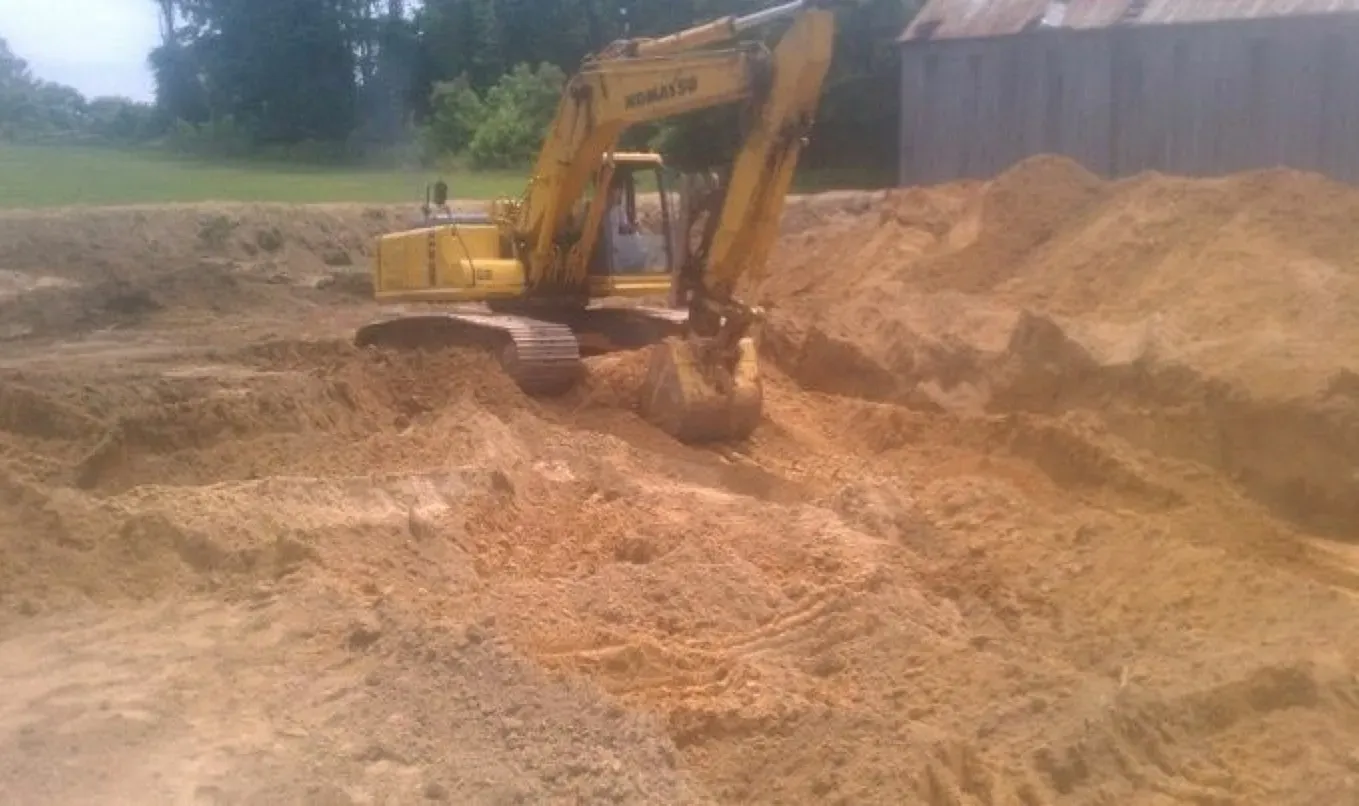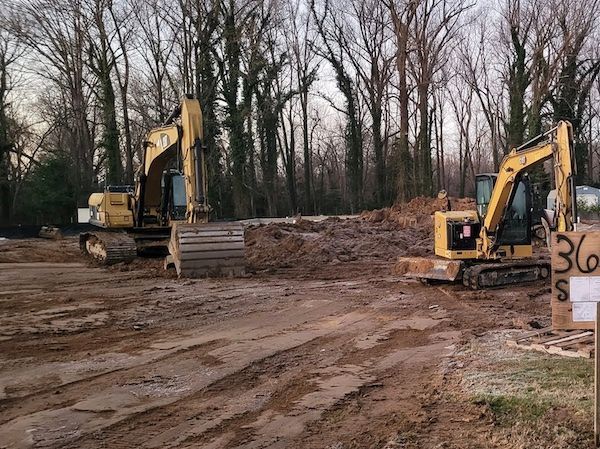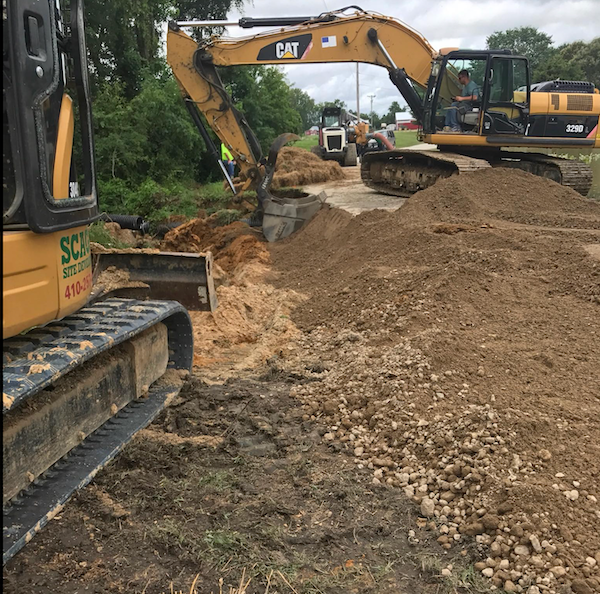3 Main Types of Excavating in Southern MD
Unearthing the Past:
Exploring the Three Basic Types of Excavation

Excavation is a crucial process in archaeology, construction, and various other fields. It involves carefully removing soil and uncovering artifacts, structures, or natural formations. In this article, we delve into the world of excavation and explore the three fundamental types: vertical excavation, horizontal excavation, and step trenching. Each method serves a unique purpose and plays a vital role in uncovering history and advancing human knowledge.
Vertical Excavation: Vertical excavation, also known as open area excavation, is a method used to expose and study stratified layers of soil and artifacts. This type of excavation involves digging a deep trench, either in a square or rectangular shape, to uncover a vertical cross-section of the site. Archaeologists use this technique to understand the chronological sequence of events and explore different layers of history. By carefully documenting and analyzing the artifacts and soil layers, they can gain insights into the cultural, social, and environmental changes that occurred over time.
Horizontal Excavation: Horizontal excavation, also called area excavation, focuses on uncovering a large surface area horizontally rather than digging deep into the ground. This method is commonly used in construction projects, urban planning, and archaeological sites with extensive remains. It involves removing layers of soil systematically to expose structures, artifacts, and other features. Horizontal excavation allows for a broader understanding of the site's layout, architecture, and spatial relationships. It helps archaeologists reconstruct the past by studying the patterns, materials, and organization of structures within the excavation area.
Step Trenching: Step trenching, also referred to as step excavation, is a technique employed when excavating large or complex sites. It involves dividing the excavation area into smaller sections or steps, resembling a series of terraces. This method allows for better control and visibility during the excavation process. Each step is excavated individually, ensuring a thorough examination of the different layers and features within the site. Step trenching is particularly useful when dealing with sites that have multiple occupation levels or when specific areas require detailed analysis. By carefully excavating step by step, archaeologists can preserve the integrity of the site and acquire detailed information about each layer.
In Conclusion :
Excavation is a fascinating process that uncovers hidden treasures and provides valuable insights into the past. The three basic types of excavation, vertical excavation, horizontal excavation, and step trenching, each serve a unique purpose. From unraveling the chronological sequence of events to revealing architectural layouts, these techniques help experts piece together the puzzle of history and expand our understanding of the world.










